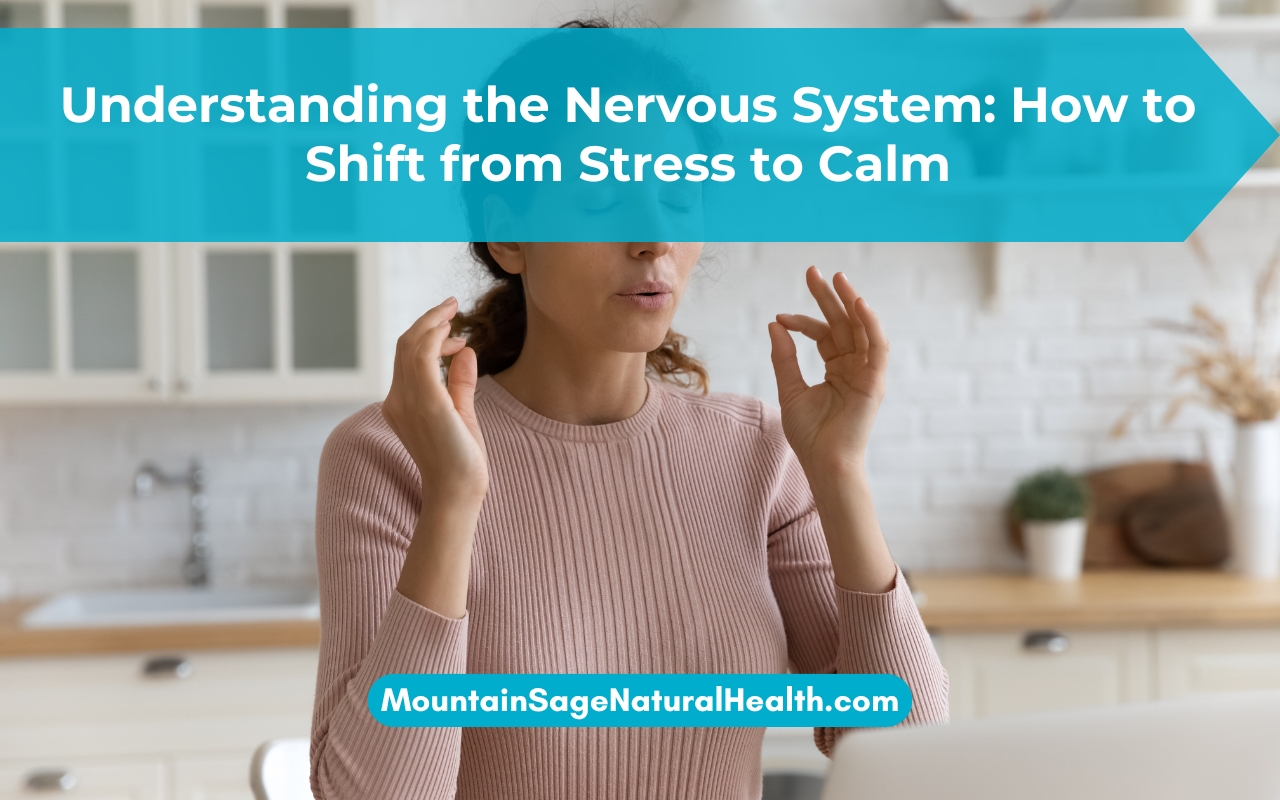
Pain is a universal experience that can significantly affect one's quality of life. Whether it manifests as chronic pain from conditions such as arthritis or acute pain from an injury, effective pain management is essential. In recent years, the discussion around pain relief has evolved, with more individuals seeking alternative therapies beyond conventional medical approaches. One such alternative is acupuncture, a practice that has been utilized for thousands of years. This article will explore the differences between acupuncture and conventional treatments for pain relief, highlighting their effectiveness, benefits, and considerations to help you determine the best approach for your situation.
Acupuncture, a key component of Traditional Chinese Medicine (TCM), comprises the insertion of thin needles into specific points on the body, targeting energy pathways known as meridians. The underlying principle is that pain and illness are often the result of imbalances or blockages in the flow of qi, or vital energy. By stimulating these acupuncture points, practitioners aim to restore balance, promote the body’s natural healing processes, and address the root causes of pain.
In contrast, conventional treatments typically include medications, physical therapy, and, in more severe cases, surgical interventions. While these methods can provide significant relief, they often come with side effects or risks, leading many to seek alternatives like acupuncture. This exploration of acupuncture versus conventional treatments will not only examine the effectiveness of each method but also delve into their underlying philosophies and patient experiences.
Understanding Acupuncture
Acupuncture has gained widespread recognition in recent years, bolstered by a growing body of research supporting its efficacy in managing various types of pain. Studies indicate that acupuncture can effectively treat chronic pain, acute pain, musculoskeletal pain, and pain associated with specific conditions such as fibromyalgia, migraines, and arthritis. What makes acupuncture particularly appealing is its non-pharmacological nature, providing a natural, drug-free solution for those wary of medications and their potential side effects.
The practice of acupuncture is rooted in the holistic philosophy of TCM, which considers the interconnectedness of the body, mind, and spirit. This approach encourages practitioners to seek the underlying imbalances causing pain rather than merely addressing the symptoms. By utilizing acupuncture, individuals often report not only pain relief but also improved overall well-being, including better sleep, reduced stress levels, and enhanced mood. These benefits can be attributed to the release of endorphins and serotonin during treatment, which are known to alleviate pain and promote feelings of well-being.
Evaluating Conventional Treatments
Conventional pain management strategies typically encompass a range of approaches, including over-the-counter and prescription medications, physical therapy, chiropractic care, and surgical procedures for severe cases. While these methods can often provide immediate and substantial relief, they also come with potential drawbacks.
Pain medications, including nonsteroidal anti-inflammatory drugs (NSAIDs) and opioids, are commonly prescribed for pain relief. However, they may lead to significant adverse effects, including addiction, gastrointestinal complications, and increased sensitivity to pain over time. Opioids, in particular, pose a substantial risk of dependency, contributing to the opioid crisis affecting numerous communities.
Physical therapy, while beneficial for restoring function and mobility after an injury, may not address the underlying causes of chronic pain. Furthermore, some individuals may experience frustration when physical therapy alone does not provide the complete relief they seek. Surgical options exist for patients with severe or persistent pain, but surgeries carry inherent risks and require lengthy recovery times.
Effectiveness of Acupuncture
Research increasingly supports the effectiveness of acupuncture for various types of pain management. In a meta-analysis involving numerous studies, acupuncture was shown to relieve pain significantly compared to both sham acupuncture and conventional treatments. For chronic pain patients, particularly those with back pain, neck pain, and arthritis, acupuncture has demonstrated notable benefits, often resulting in reduced reliance on pain medications.
One of the critical findings of acupuncture research is that it tends to work synergistically with other treatment modalities. Many patients find success in combining acupuncture with conventional therapies, creating a comprehensive pain management strategy. This integrative approach not only enhances the effectiveness of treatments but also addresses multiple dimensions of the pain experience, including the physical, emotional, and psychological aspects.
Integrative Approach: Combining Acupuncture and Conventional Treatments
As the landscape of pain management continues to evolve, more patients are seeking a blend of conventional and alternative treatments. Integrating acupuncture with conventional pain management can create a more holistic approach, addressing the multifaceted nature of pain. By incorporating therapies like acupuncture into a broader treatment plan, patients may experience greater relief, improved function, and enhanced quality of life.
For individuals struggling with chronic pain, the combination of acupuncture and conventional treatments may offer a path toward sustainable relief. By working with healthcare providers to develop a personalized treatment plan, patients can explore the benefits of acupuncture while still utilizing the advantages of conventional methods. This collaborative approach often leads to better outcomes and increased patient satisfaction.
Minimal Side Effects
A significant advantage of acupuncture over conventional treatments is its minimal risk of side effects. When performed by a qualified practitioner, acupuncture is generally considered safe and well-tolerated. While some patients may experience temporary mild discomfort or bruising at the needle insertion sites, these effects are usually short-lived.
In contrast, conventional pain medications can carry considerable risks, particularly with long-term use. Side effects may range from mild gastrointestinal disturbances to more severe complications like organ damage or dependency. As patients seek safer alternatives to manage their pain, acupuncture emerges as a promising option that prioritizes health and well-being.
Stress Reduction and Holistic Well-Being
One aspect of acupuncture that sets it apart from conventional treatments is its ability to address stress and emotional well-being. Chronic pain can often lead to feelings of depression, anxiety, and hopelessness, creating a vicious cycle that exacerbates the pain experience. Acupuncture has been shown to help reduce stress levels, promote relaxation, and enhance mental clarity.
Many patients report experiencing a sense of calm and relaxation during and after acupuncture sessions. By incorporating acupuncture into their pain management plan, individuals may find relief not only from physical discomfort but also from the psychological burdens that accompany chronic pain. This holistic approach can foster an environment conducive to healing, allowing patients to regain control over their health and well-being.
Accessibility and Cost Considerations
While acupuncture continues to gain recognition, accessibility and cost can still pose challenges for some individuals. Many insurance plans do not cover acupuncture, and out-of-pocket costs can add up, especially for those requiring multiple treatments. However, some states have begun to expand coverage for acupuncture, particularly in response to the opioid crisis and the necessity for alternative pain management strategies.
Patients interested in exploring acupuncture should discuss their options with healthcare providers and consider seeking out licensed practitioners who have undergone extensive training. Certification and credentials can ensure that patients receive high-quality care and maximize the benefits of acupuncture treatment.
Patient Experiences and Perspectives
Anecdotal evidence from individuals who have undergone acupuncture for pain management further underscores its appeal. Many patients share transformative experiences, highlighting significant reductions in pain and improvements in their overall quality of life. The testimonials often reflect a renewed sense of hope and empowerment, emphasizing the importance of exploring various avenues of treatment.
Patients who have experienced a combination of acupuncture and conventional treatments often report feeling more in control of their pain management journey. This empowerment, coupled with reduced reliance on medications, can profoundly impact an individual's mental and emotional well-being.
Conclusion
Acupuncture presents a valuable alternative to conventional pain management strategies, offering a holistic approach that addresses not only physical pain but also mental and emotional well-being. With a growing body of research supporting its effectiveness, acupuncture is gaining recognition as a vital component of comprehensive pain management.
When navigating the complex world of pain relief, it's essential to consider personal preferences, treatment goals, and specific conditions. For some, acupuncture may serve as a standalone treatment; for others, it may be the perfect complement to conventional therapies. Ultimately, the key lies in collaboration with healthcare providers to develop personalized pain management plans that prioritize safety, efficacy, and overall well-being.
In a world where chronic pain can feel all-consuming, embracing the potential of acupuncture alongside traditional treatments can empower individuals to reclaim their lives. Through education, exploration, and informed decision-making, the journey toward effective pain relief becomes not just a possibility but a reality worth pursuing.
If you're considering acupuncture as part of your pain management strategy, consult with a qualified practitioner to discuss your specific needs and treatment goals. The journey toward improved well-being begins with a single step, and acupuncture could be the key to unlocking a healthier, more fulfilling life. Explore the possibilities and take charge of your pain management today.
For more about the benefits of acupuncture and its role in pain management, you can visit Mayo Clinic and Huatuo Clinic.



